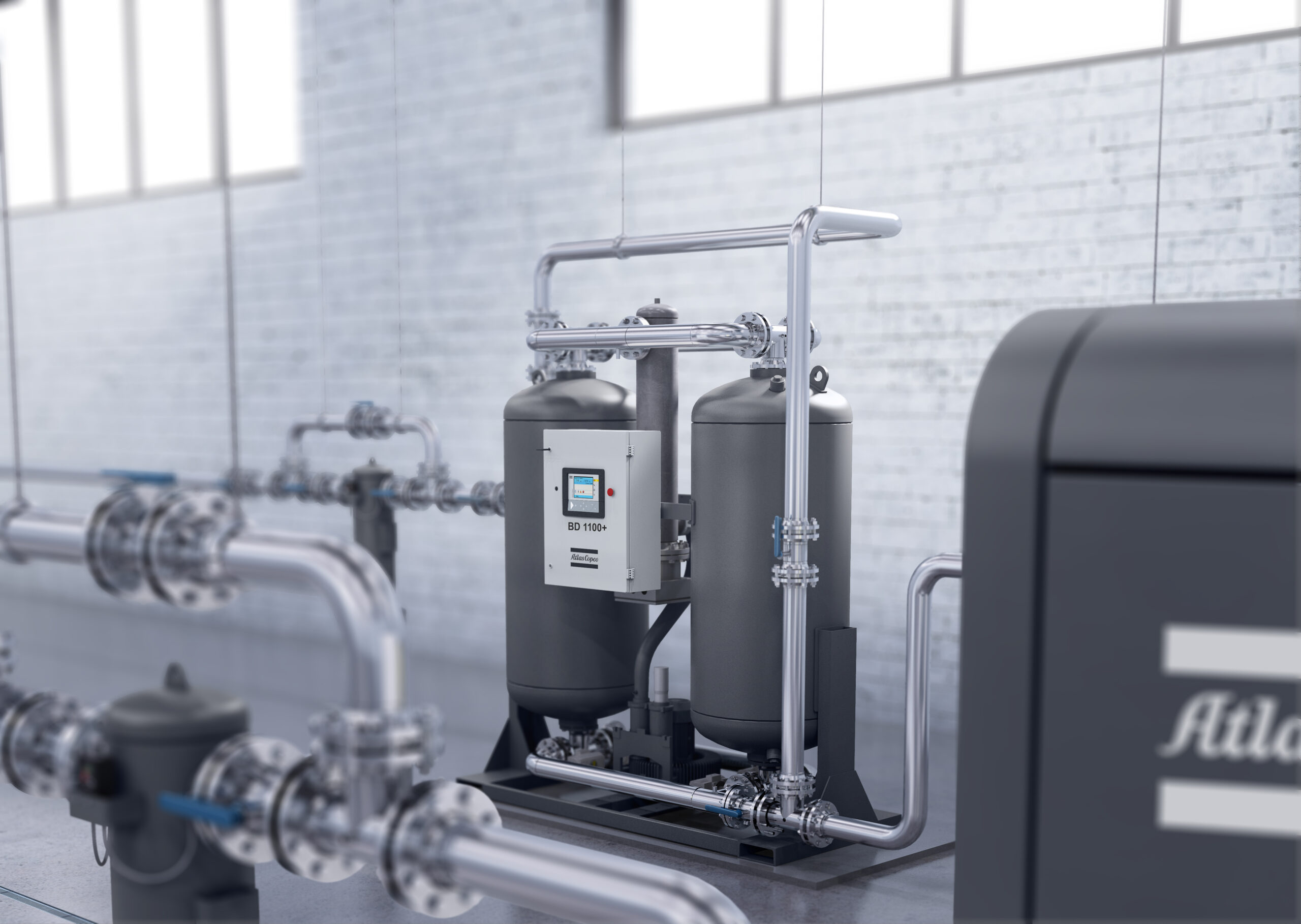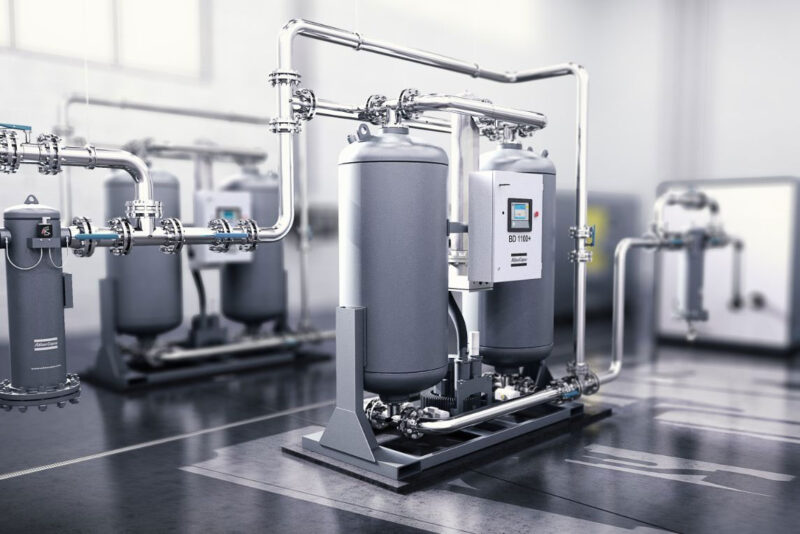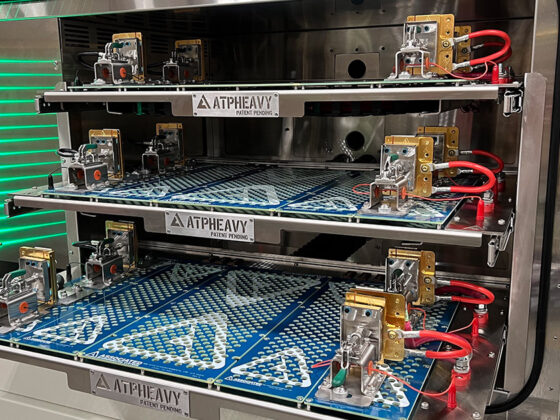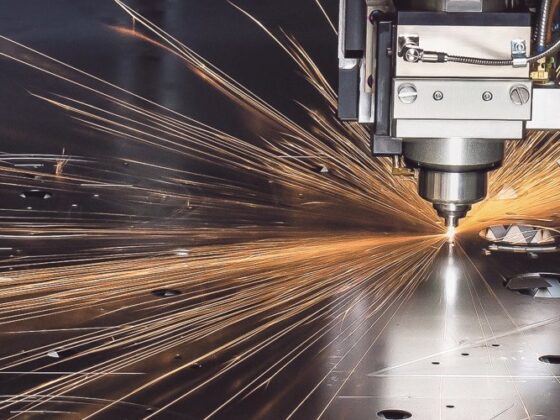Compressed air drying is an integral part of moisture removal, playing an essential role in various industrial processes. From food processing and electronics manufacturing to pharmaceutical production and medical device assembly, compressed air dryers are a key component of quality control systems.
By using the right type of dryer for each application, companies can ensure their products meet strict industry standards while avoiding costly equipment damage or product contamination due to excess moisture.
This article will discuss the importance of compressed air drying and explore its benefits for various industries.
We will look at how different types of dryers work and why they are necessary for successful moisture removal operations. Finally, we’ll examine some best practices when selecting a compressor air dryer that meets your specific needs.
Understanding Compressed Air Drying and Its Role in Moisture Removal

Compressed air drying is an important process in removing moisture from industrial environments. It works by compressing and cooling the air, which removes any excess humidity present in the atmosphere.
This allows for a much drier environment, which can be beneficial to many different operations that require a dry environment. Compressed air drying also helps with improving processes such as painting, welding, and even food production where it is critical to keep moisture at bay.
The process of compressed air drying involves several steps including pre-treatment, filtration, dehumidification, and post-treatment stages which help ensure that all the necessary conditions are met before use.
In addition to this, specialized equipment like compressors or desiccant systems may be used depending on the requirements of the application. Understanding how these components work together helps provide insight into why compressed air drying plays such an integral role in moisture removal operations today.
Factors to Consider When Selecting Air Dryers for Your Application
When selecting an air dryer for a particular application, there are a few key factors that should be taken into consideration. Firstly, it is important to consider the size of the dryer and its capacity for the compressed air flow rate for which it is designed.
Secondly, energy efficiency should also be considered when selecting an appropriate model; modern models have improved power consumption levels significantly over older versions. Thirdly, other features such as noise reduction systems or easy installation options might also prove useful depending on the specific requirements of your application.
Finally, the cost will likely play an important role in determining which type of air dryer best suits your needs – while some models may provide additional benefits at higher costs, others may offer better value for money without compromising on quality or performance.
Ultimately these considerations need to be carefully weighed up before making any purchase decisions regarding an air dryer system.

Maintenance and Troubleshooting Tips for Compressed Air Dryers
When it comes to maintenance and troubleshooting of compressed air drying systems, several steps should be taken to ensure optimal performance. Regularly inspecting all components such as valves, piping, condensate separators, and filters is essential for detecting any signs of damage or wear.
Additionally, heatless desiccant dryers should have their performance checked at least twice a year by measuring the dew point readings before and after the filtration stages.
If problems arise within the system then verifying all hoses connected between components are secure as well as inspecting any visible filter elements for clogging or blockage can help identify issues quickly. Furthermore, pressure levels must be kept above what is necessary for proper operation while temperature settings should not be set too low which can result in excessive moisture buildup in lines leading up to the compressor or other system parts.
Finally, if these steps do not fix the issue contacting an expert specializing in serviced compressors is recommended to avoid further damage occurring. Following these tips will guarantee your compressed air drying equipment functions optimally throughout its lifetime period!
Conclusion

The use of compressed air dryers is integral in the process of moisture removal. Compressed air dryers are used to remove water vapor and other contaminants from a compressed gas stream, providing clean and dry air for applications such as painting, spraying, pneumatic tools, or valve operation.
Lingyu Machinery offers a complete line of high-quality compressed air drying equipment to meet your needs for reliable performance and energy efficiency. Whether you need an industrial desiccant air dryer or refrigerated unit, their experienced staff will assist you in selecting the right product for your application.


